 |

|
 |
Short Biographies
|
Martin Andler teaches mathematics at the University of Versailles
Saint-Quentin; he has held visiting positions at MIT and Rutgers
University. His research focuses on two main areas: representation
theory of Lie groups, and the history of 20th century mathematics.
He is the chairman of Animath,
a French organisation promoting mathematics for kids. |
 |
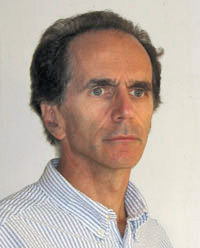 |
 |
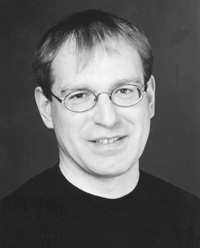 |
 |
Mario Bonk is a professor of mathematics at the University of
California at Los Angeles. He is mainly interested in the
interactions between analysis and geometry, particularly in
quasiconformal aspects. He is a firm believer that mathematics
should be communicated, which he does extremely well. When he's not
doing math, he relaxes while training for marathons. |
 |
|
John Conway is one of the most prolific mathematicians. He is
probably best known for the "Game of Life," which he invented, as
well as for "combinatorial game theory" that he developed (partly
in collaboration): a very natural and simple definition that lead
to a class of games with incredibly rich structure, containing the
now-famous "surreal numbers." He has made substantial contributions
to many other areas of mathematics, for instance group theory. He
greatly enjoys spending time and discussing with students. |
 |
 |
 |
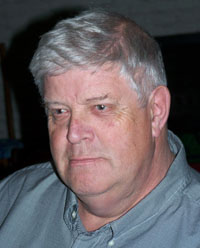 |
 |
Dmitry Fuchs is a professor of mathematics at University of
California, Davis. He works in topology and algebra, with
occasional excursions to other fields, most lately, closed
geodesics on Platonic solids and closed billiard trajectories in
regular polygons; this research was based on computer
experimentation. He authored and co-authored several books,
including "Mathematical Omnibus", a collection of 30 lectures on
classic mathematics, which was recently translated into German and
Russian. |
 |
|
Étienne Ghys is a French mathematician. His research focuses mainly
on geometry and dynamical systems. He also expresses much interest
in the historical development of mathematical ideas, especially the
contribution of Henri Poincaré. He co-authored the computer
graphics mathematical movie Dimensions: A walk through mathematics.
He is is currently a CNRS "directeur de recherche" at the École
normale supérieurein Lyon. He is also a member of the French
Academy of Sciences. |
 |
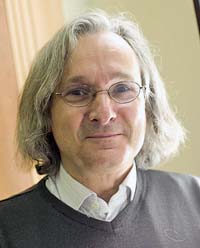 |
 |
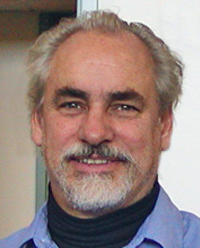 |
 |
John Hubbard is a professor of mathematics at Cornell University,
NY, and the Université de Provence in Marseille, France. Together
with Adrien Douady, he is one of the pioneers of holomorphic
dynamics; together, they developed the groundbreaking theory of
complex dynamics and especially the Mandelbrot set. He has very
broad interests in mathematics, and he won several awards for his
inspiring lecturing style. |
 |
|
Victor Kleptsyn is a researcher at CNRS, in the Institute of
Mathematical Research of Rennes. His working themes are mainly
dynamical systems and geometry. His belief is that most arguments,
theorems, and proofs in the mathematics should be visual, and
easily explicable, at least on the "why should it be true" level of
explanation. |
 |
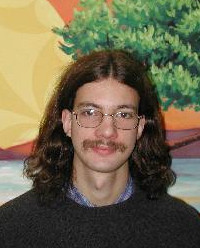 |
 |
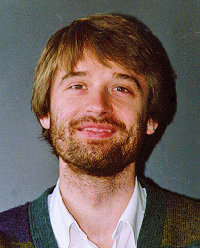 |
 |
Dierk Schleicher is professor of mathematics at Jacobs University
Bremen. He obtained his PhD at Cornell University, NY, and held
visiting positions in Berkeley, Stony Brook, Paris, Toronto, and
München. His main research interests are in dynamical systems and
chaos, especially in holomorphic dynamics and the Mandelbrot set,
and the dynamics of Newton's root-finding method. He was one of the
main organizers of the 50th International Mathematical Olympiad
(IMO) 2009 in Bremen. |
 |
|
Sergei Tabachnikov is a professor of mathematics at Penn State
University. He works in geometry, topology, and dynamics - one of
his favorite topics is mathematical billiards. He also likes to
combine theoretical research with computer experiments. He
(co)authored several books including "Mathematical Omnibus," a
collection of 30 lectures on classic mathematics. Sergei is the
Director of the semester-long MASS (Mathematics Advanced Study
Semesters) Program at Penn State. |
 |
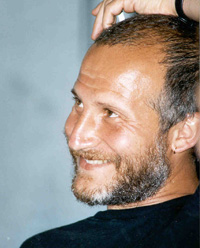 |
 |
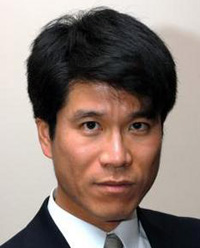 |
 |
Tadashi Tokieda was born in Japan and educated in France, he
obtained his Ph. D. at Princeton University; he works at the
University of Cambridge. He is interested in physics, particularly
related to toys. Scholar and polyglot (in addition to Japanese,
French, and English, he knows Greek, Latin, classical Chinese,
Finnish, Spanish, and Russian), Tadashi is specialized in the
popularization of mathematics and physics and is an outstanding
communicator. |
 |
|
Oleg Viro works in low-dimensional topology (knot theory) and real
algebraic geometry. Oleg was educated in St. Petersburg (then
Leningrad), worked in USA and Sweden; currently he is a professor
of mathematics at State University of New York at Stony Brook. He
firmly believes in unity of mathematics, see his lecture on
the subject. |
 |
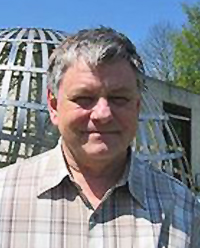 |
 |
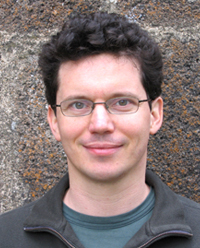 |
 |
Wendelin Werner is a probabilist with a unique way to explain
difficult themes in an elementary manner. He is currently a
professor at the University of Paris-Sud in Orsay and part-time at
the École Normale Supérieure. His most famous work revolves around
planar models from statistical physics, for which he received a
Fields medal in 2006. |
 |
|
Don Zagier is an American mathematician whose main area of work is
number theory. In 1976, aged only 24, he became Germany's youngest
professor. Among many other things, he is known for discovering a
short and elementary proof of Fermat's theorem on sums of two
squares: it consists of a single sentence. He is currently one of
the directors of the Max Planck Institute for Mathematics in Bonn,
Germany, and a professor at the Collège de France in Paris,
France. |
 |
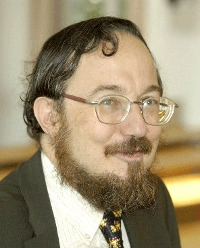 |
 |
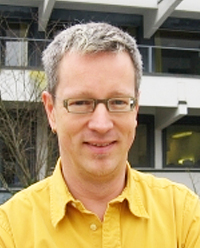 |
 |
Günter M. Ziegler is a professor of mathematics at Freie
Universität, Berlin. His work connects discrete mathematics,
geometry, topology, and optimization. He received numerous prizes,
among them a 2001 Leibniz Prize for his research and the
Communicator Award in the year 2008, when he was a co-organizer of
the "Year of Mathematics" in Germany. His writing includes "Proofs
from THE BOOK," which has been published in 14 different languages
by now. |
|
|







